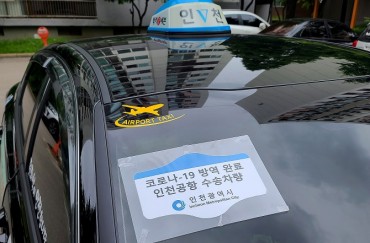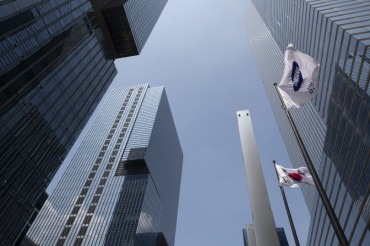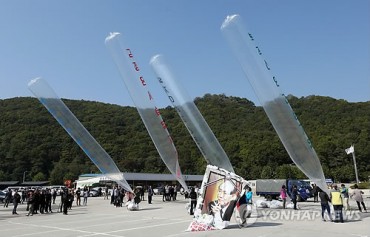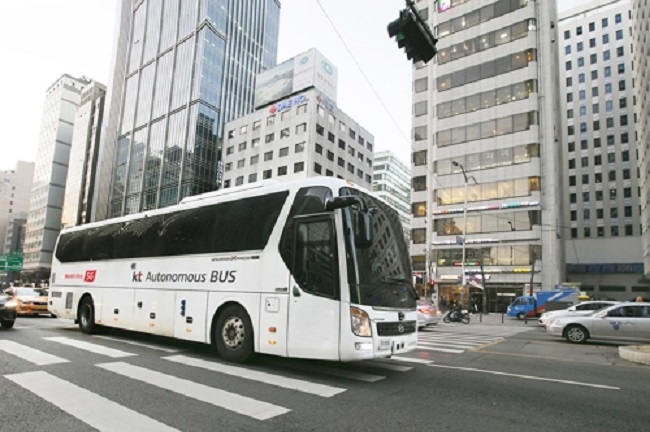
The customary nod to the driver as one hops on the morning bus to work may soon be a thing of the past, as telecom giant KT had its application to road test a 45-seat driverless bus in Seoul approved by the Ministry of Land, Infrastructure and Transport. (Image: Yonhap)
SEOUL, Jan. 9 (Korea Bizwire) — The customary nod to the driver as one hops on the morning bus to work may soon be a thing of the past, as telecom giant KT had its application to road test a 45-seat driverless bus in Seoul approved by the Ministry of Land, Infrastructure and Transport.
Making public such details on January 9, KT added that the road permit, the first granted for such a large vehicle, allows the bus to freely access both highways and city roads. KT stated that it had wrapped up a successful four-hour trial through Gangnamdae-ro and Teheran-ro – two major thoroughfares that slice through the upscale Gangnam District – on January 5.
The 12m long, 2.5m wide bus is equipped with a 5G and LTE-based network named V2X (vehicle-to-everything) that supports the vehicle’s self-driving capabilities.
Besides the usual application of sensors and cameras, V2X boosts driving safety by tapping into KT’s wireless networks, enabling access to high-precision location data. In addition, the network endows the bus with advanced capabilities such as the detection of obstacles in blind spots, calculation of distance to the next stoplight, and real-time decision-making heuristics.
Per KT, the bus can accelerate up to 70 km/h on highways, maneuver winding routes and engineer right and left turns without difficulty, all the while guaranteeing the safety of pedestrians through its detection technology.
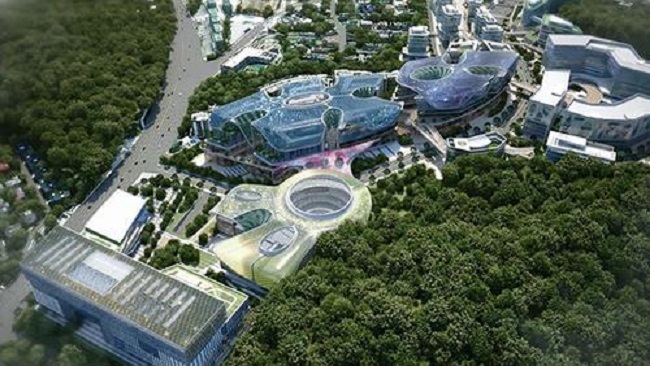
KT hinted that its bus will likely hit the public roads again before the year is out, this time in Pangyo Zero City, an industrial complex intended as the capital for South Korea’s technological future. (Image: Yonhap)
The data gathered from the road tests will be employed in KT’s pursuit of a full-on automated bus service, as well as C-ITS, a next generation traffic regulatory system. KT hinted that its bus will likely hit the public roads again before the year is out, this time in Pangyo Zero City, an industrial complex intended as the capital for South Korea’s technological future.
S.B.W. (sbw266@koreabizwire.com)




